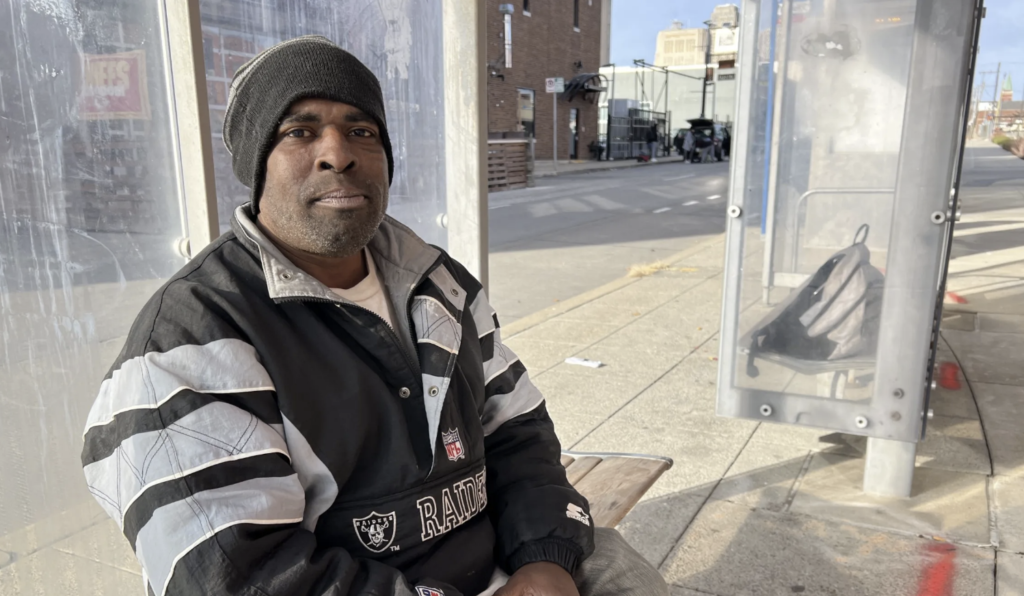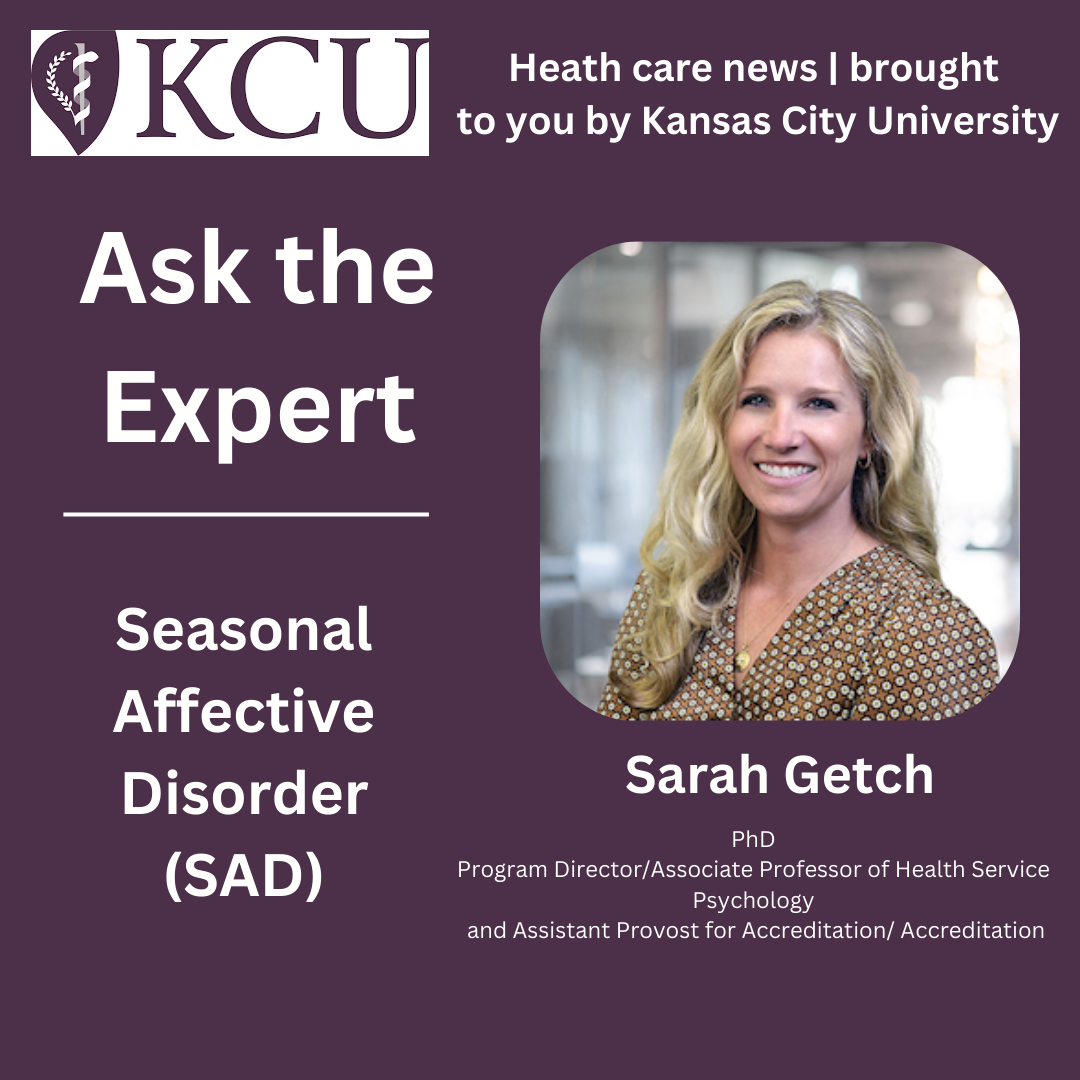
Suzanne King
The Kansas City Beacon Reporter
Almost four years after Kansas City became the first major American city to completely abandon bus fares, the Kansas City Area Transportation Authority may go back to making riders pay.
But researchers studying the public health effects of free-to-ride buses suggest considering a bigger picture before hitting up riders for money.
Public health researchers from the University of Missouri-Kansas City and Children’s Mercy Hospital hypothesize that when Kansas City Council voted in 2019 to phase out bus fares— and eliminate them entirely in 2020 — public health gains followed.
“There’s a scientific premise that (the city’s zero-fare initiative) has an impact on public health,” said Jordan A. Carlson, director of community-engaged health research at Children’s Mercy Hospital. “We felt like it was promising enough that we really wanted to do this health evaluation, thinking that if it does impact health, and we can document that, then that could support continuation of these types of policies.”
With grants funded by the National Institutes of Health and the U.S. Environmental Protection Agency, Carlson and the other researchers are studying whether free bus rides help people get more physical activity, leading to lower obesity rates and fewer diagnoses of diabetes and heart disease. They also want to know if fare-free buses create better access to health care, employment and sources of healthy foods.
“Simply by removing some economic barriers to health — by helping people spend less on transportation, that can free up some of their money (and) reduce some economic burden,” Carlson said.
Less financial stress, he said, can also have health benefits.
Shanon Harvey, who rides the city bus every day, used to spend $50 a month on a bus pass for trips around the downtown corridor and 20-plus miles south to his church at Interstate 435 and Bannister Road. When fares went away, he had $600 a year he could spend on other things.
“It freed up monies in my budget as to where I could afford things like milk … and, if I need, shoes,” Harvey said recently after getting off the bus at a stop on Holmes and 18th streets.
Harvey said he has come to rely on the free ride and was worried that the KCATA might start charging riders again.
“I hope they don’t,” he said.
But financial realities mean that the agency needs to look for new revenue to cover fares, said Tyler Means, the agency’s chief mobility and strategy officer.
In 2019, bus fares brought in $8.8 million — about 6.5% of the agency’s total revenue. Since fares were eliminated, Kansas City covered some of that gap with tax dollars and the agency made up the rest with COVID relief funds from the federal government.
“As we look into 2024, we know probably in that first or second quarter, we’re going to run out of our COVID money,” Means said. “And one of the options we’re looking at is fare collection.”
Kansas City’s bus rides became free in March 2020, just as the pandemic took hold. KCATA continued to charge for on-demand transit services IRIS and RideKC Freedom. Before 2020, the bus system was free to certain people, like veterans and students, but most everyone else paid $1.50 per ride. Means emphasized that future fares could be graduated, as well, so some people could still ride for free.
But public health researchers contend that policymakers should consider more than dollars and cents when looking at the issue.
Carlson and fellow researcher Amanda Grimes, an associate professor at the University of Missouri-Kansas City’s School of Nursing and Health Studies, have been working with University Health and community organizations that serve vulnerable populations to recruit study participants. Bus riders and nonriders — including people living in poverty and those who are homeless — are asked to wear a fitness tracker for one week so researchers can track their physical activity.
While the research is ongoing, a preliminary look at 57 bus riders found that they were more active than the average American, Grimes said. The study participants took an average of 6,350 steps per day — better than the U.S. average of 3,000-5,000 steps. And bus riders got an average of 28 minutes of moderate to vigorous physical activity —– also better than the national average.
“They are more active,” Grimes said.
She said they also reported better health, better access to healthy food, saving money and easier commutes to work.
Before the end of 2024, researchers hope to collect data from 400 people recruited through University Health who will wear a device and share historic health data. In addition, researchers are studying health records of around 2,000 patients to look for other trends comparing bus riders to nonriders.
Ultimately, they want to know whether having a free ride will entice more people to take the bus and whether that, in turn, will improve overall health in the community.
But Kansas City’s often inadequate bus system may play into the equation. Frequent riders complain about bus routes that don’t go where they need them to and buses that aren’t running frequently enough to make commuting convenient.
“A lot of the challenge is access,” said Eric Rogers, executive director of BikeWalkKC, a nonprofit organization that advocates for better public transportation and is a grantee in the research. “You might have to wait an hour and by that point, you’ve probably missed your shift at work.”
While the current bus system is oriented toward trips from neighborhoods to downtown, many of the city’s poorest residents live in the suburbs, where buses are even less accessible. The transportation system needs to do a better job of matching where people live and where jobs are, Rogers said.
“We are building employment opportunities miles beyond where buses end,” he said, pointing to a $4 billion Panasonic battery factory that is expected to employ 4,000 people in De Soto, Kansas.
In November, health researchers also mailed 20,000 surveys to what they describe as “highly engaged voters” to gauge perceptions about the zero-fare initiative. Those people were asked to complete a four-page survey.
“It’s a small percentage of people in Kansas City who are actually bus users,” Grimes said. “But the entire community is going to vote on these measures or talk to their city council people, and so understanding how the broader community feels about (fares) and our public transportation is also really important.”
Researchers are also conducting focus groups across Kansas City — people who ride the bus and those who don’t — to bolster the research.
A decision about the future of the zero-fare bus initiative probably will not come until January. The KCATA Board of Commissioners has hired Nelson/Nygaard, a national public transportation consulting firm, to make recommendations. The firm’s report is expected at the Dec. 20 board meeting.
If the KCATA goes back to charging fares, it would take at least six months before systems could be put in place to implement the change, Means said. He said that if fares return, it is unlikely they would look the same as they did before 2020.
For one thing, the unused fare boxes that sit at the front of KCATA buses are outdated and will most likely have to be replaced.
“We have a 50/50 belief that if we turned them on they would work,” Means said.
He added that the technology behind the existing fare boxes, which dates back to 1999, is extremely limited. Modern fare boxes can be much more flexible, Means said. For example, bus fares could be capped at a certain amount each day, so after a certain number of rides, a rider would not be charged again.
But Natasha Reaves, a resident of Amethyst Place, a supportive home for low-income women and children, said that with income of only $234 a month and two young children, paying anything at all for a bus ride would be nearly impossible.
“I’m so thankful that it’s free because if I was to have to pay for it, I would not be going anywhere,” Reaves said. “I currently don’t have a job. I’m in college. My kids are in school. I don’t have the funds to pay for me and my kids to get back and forth, so without it I’d be stuck.”
This article is republished with permission from The Kansas City Beacon, in partnership with the KC Media Collective. The article was originally published on December 15, 2023.



















